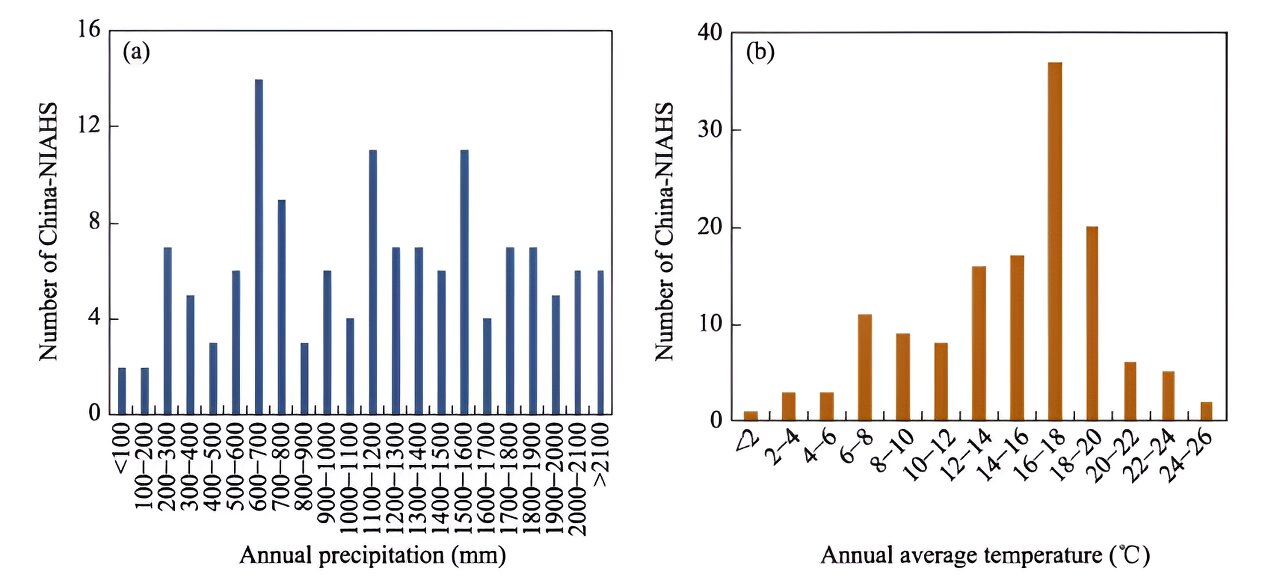
Agricultural heritage systems, the custodians of ancient farming practices, face unprecedented challenges from climate change and urbanization. A recent study presents a detailed geographical analysis coupled with strategic management approaches to conserve these invaluable systems.
Climate change and rapid urbanization have severely impacted traditional agricultural systems globally, leading to reduced agricultural land, biodiversity loss, and socio-economic challenges. In China, the diverse natural and socio-economic conditions necessitate tailored management strategies for its agricultural heritage systems.
Given these challenges, in-depth research is urgently needed to develop effective, region-specific conservation strategies that address the unique needs of each region, thus ensuring sustainable preservation and development.
Researchers from the Institute of Geographic Sciences and Natural Resources Research (IGSNRR) at the Chinese Academy of Sciences, in collaboration with the University of Chinese Academy of Sciences and the Tourism College of Beijing Union University, published their findings on the spatial distribution and differentiated management strategies for the items awarded as China Nationally Important Agricultural Heritage Systems (China-NIAHS) in the Journal of Geographical Sciences on March 19, 2024. The study highlights the need for region-specific conservation approaches.
The study identifies four primary clustering zones of China-NIAHS: the northwest clustering zone west of the Heihe-Tengchong Line (Zone I), the “Northeast-Hebei-Shandong” core belt (Zone II), the Yangtze River Delta clustering zone (Zone III), and the Hunan-Chongqing-Yunnan-Guizhou clustering zone (Zone IV).
Each zone exhibits distinct geographic, climatic, and socio-economic characteristics, necessitating tailored management strategies. For instance, Zone I should focus on maintaining ecological functions, while Zone II should prioritize livelihood support and sustainable resource use. Zone III’s strategy involves leveraging urbanization for sustainable tourism, and Zone IV should emphasize the development of specialty agricultural products.
These region-specific strategies aim to balance conservation efforts with local development needs, thus ensuring the sustainable preservation of agricultural heritage.
Dr. Wenjun Jiao, Associate Professor at the IGSNRR, emphasizes, “The differentiated management strategies proposed in this study are crucial for addressing the unique challenges faced by China-NIAHS. By integrating ecological conservation with socio-economic development, we can ensure the sustainable development of these invaluable agricultural systems.”
The findings of this study provide a comprehensive framework for the conservation and management of China-NIAHS. By adopting region-specific strategies, policymakers and conservationists can effectively address the diverse challenges posed by climate change and urbanization.
The study also offers a valuable reference for other countries aiming to conserve their agricultural heritage systems, highlighting the importance of integrating traditional knowledge with modern conservation practices for sustainable development.
More information:
Xuan Guo et al, Spatial distribution characteristics and differentiated management strategies of China Nationally Important Agricultural Heritage Systems, Journal of Geographical Sciences (2024). DOI: 10.1007/s11442-024-2214-2
Citation:
From fields to policy: Conserving China’s agricultural heritage systems (2024, July 8)
retrieved 9 July 2024
from https://phys.org/news/2024-07-fields-policy-china-agricultural-heritage.html
This document is subject to copyright. Apart from any fair dealing for the purpose of private study or research, no
part may be reproduced without the written permission. The content is provided for information purposes only.







